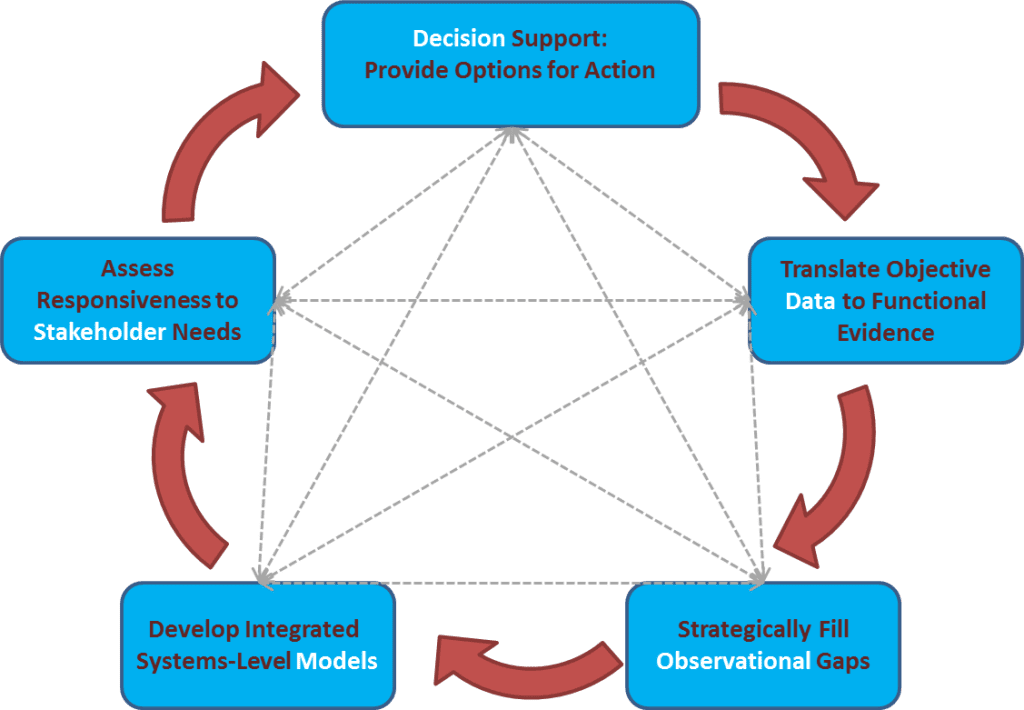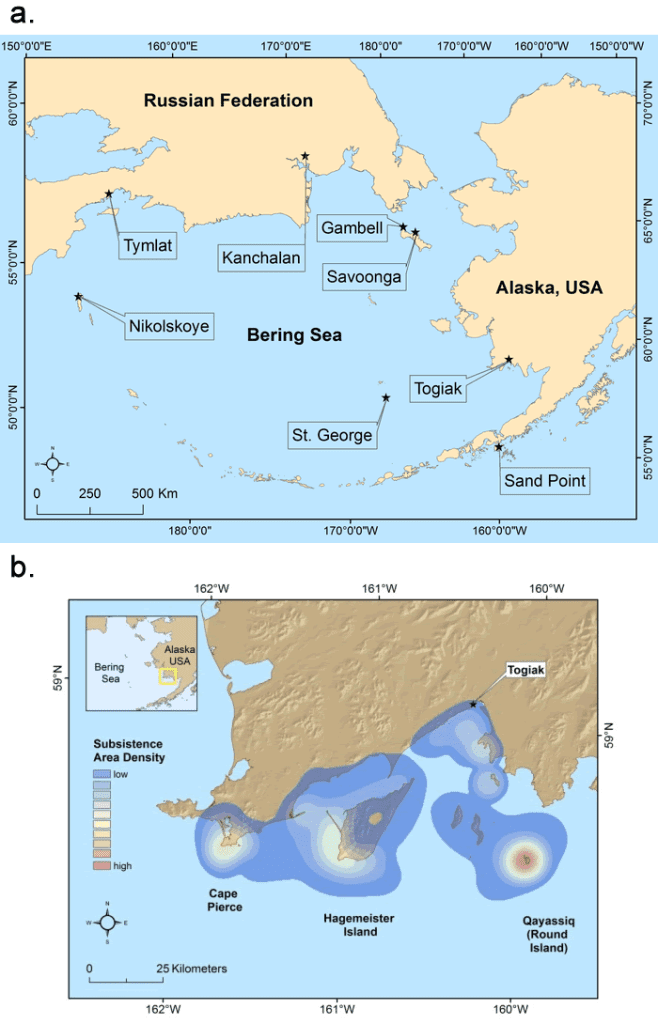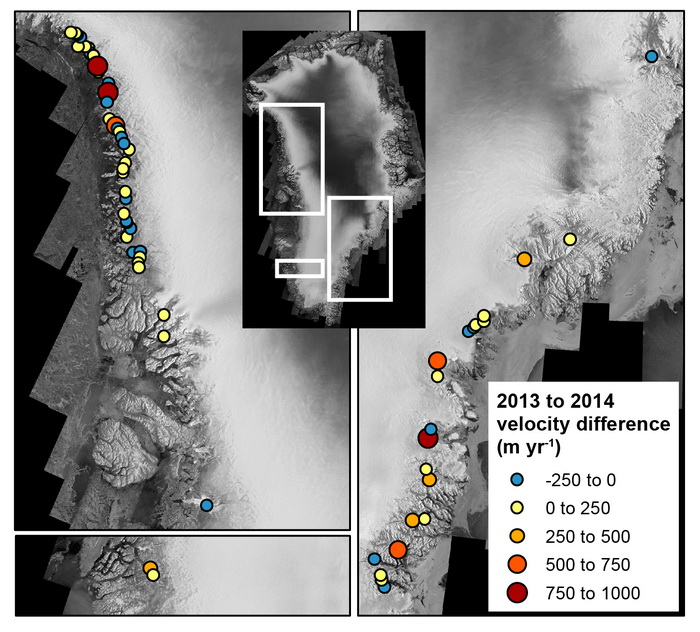Paleoceanographic Perspectives on Arctic Ocean Change
The Arctic Ocean is presently experiencing changes in ocean temperature and sea ice extent that are unprecedented in the observational time period. To provide context for the current changes, scientists turn to paleo records of past climate to document and study natural variability in the Arctic system. Paleoceanographic records that extend limited Arctic instrumental measurements are central to improving our understanding of sea ice dynamics and ocean warming and for enhancing the predictive capability of models. By coupling paleoceanographic records with modern observations, scientists can also contextualize the rate and magnitude of modern change with the deep past.
Paleoceanographic Perspectives on Arctic Ocean Change Read More »





